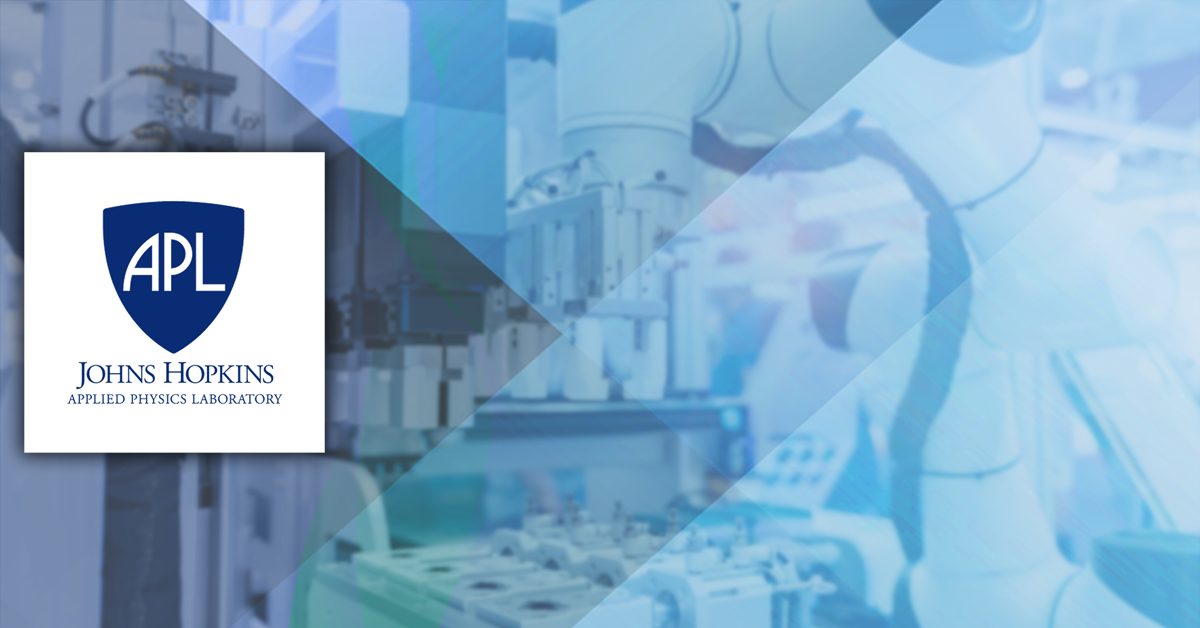A team of researchers at the Johns Hopkins Applied Physics Laboratory has developed a framework to accelerate the development of additive manufacturing materials using novel measurement techniques and simulation.
The four-step rapid material development process begins with computational fluid dynamics modeling to predict material density or porosity formation, APL said Monday.
“CFD modeling quickly enables elimination of inappropriate parameters, which reduces the need for time-consuming trial-and-error experiments,” said Li Ma, a senior APL researcher.
The next step involves the use of machine learning to build a statistical design of experiments and fabrication.
Researchers will then use X-ray computed tomography and high-throughput testing to measure the material’s strength, porosity, hardness and corrosion performance.
“Similar to a medical CT scan, XRCT provides a high-resolution 3D inspection of internal material structure and can reveal small internal defects like pores or cracks that could create use-case issues,” said Brendan Croom, a senior scientist who leads XRCT testing for the team.





